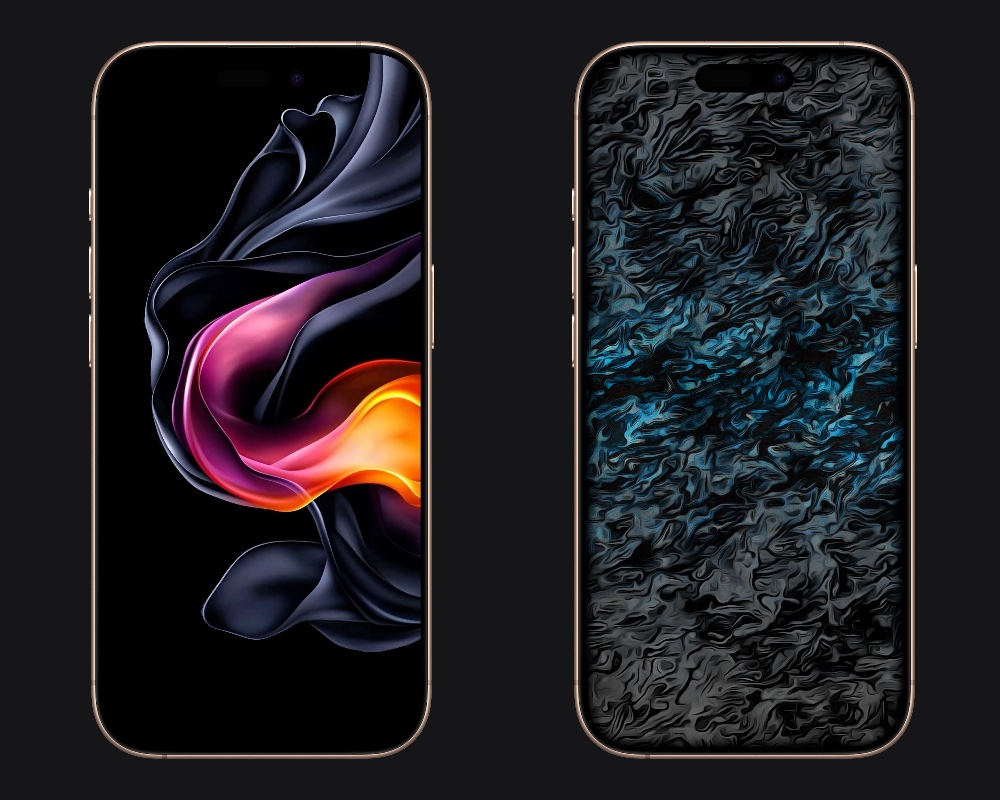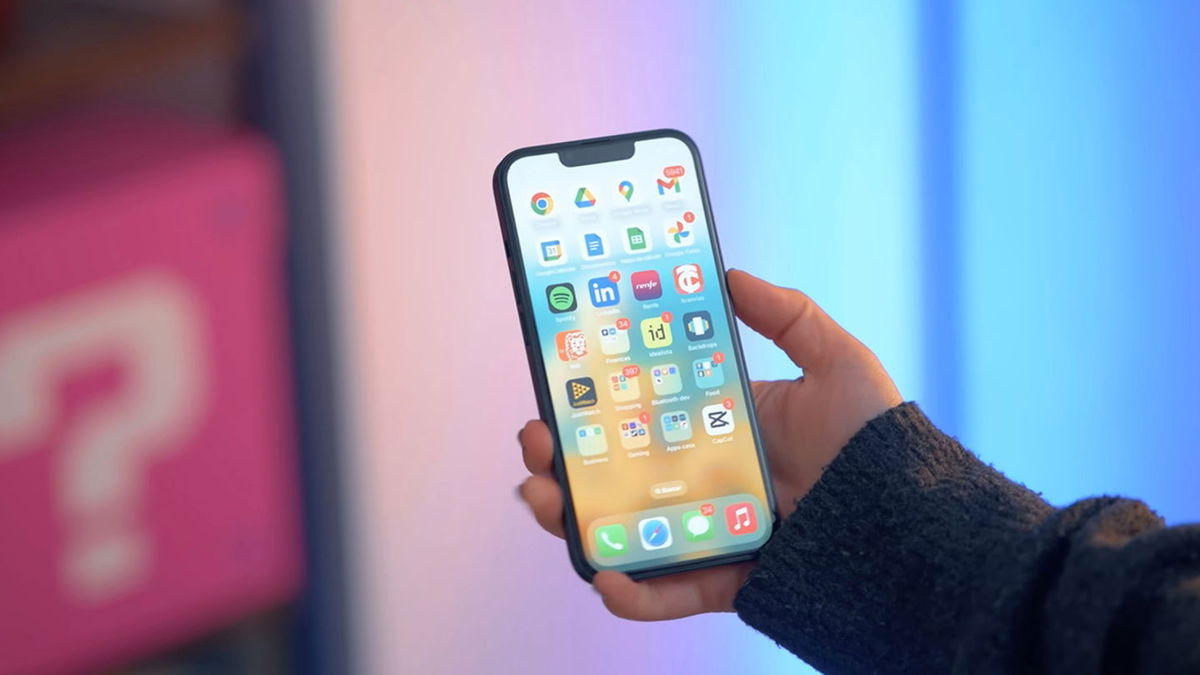Many of us have seen satellites Starlink. This is not difficult if you take into account that the company, which was born as a project SpaceX has already launched more than 6000 satellites provide broadband internet coverage to even the most remote corners of the world. This all sounds good, but there are problems. If we have seen them, it is because they are very bright, similar to the dimmest stars. This makes it somewhat difficult for astronomers to observe, which is why many have long complained about it. And the worst thing is that a team of scientists from Netherlands Institute for Radio Astronomy He found that wasn’t the worst of it. There was another way they could make your job much more difficult.
It’s about yours radiation leakSatellites, whether from SpaceX or any other company, are not supposed to filter out-of-range radio waves. 10.7 to 12.7 gigahertzintended for communication. First of all, they should avoid the range from 150.05 to 153 megahertzbecause it is used in radio astronomy. If these figures are reached, satellites could interfere with measurements radio telescopesdestroying many important investigations.
Unfortunately, these Dutch scientists have shown that Starlink satellites are starting to emit radiation in this range. So the problem they are creating in the skies goes far beyond light pollutionAnd the worst thing is that it has only just begun.
What is radio astronomy?
Radio astronomy is a branch of astronomy that studies celestial objects using measuring its emissions in the form of radio waves. There are special telescopes for this purpose, known as radio telescopes.
The first detection of radio waves from an astronomical object was made in 1933, when an engineer Karl Jansky detected the Milky Way’s radiation. Since then, many discoveries have been made thanks to large radio telescopes such as Arecibo in Puerto Rico or the VLA in New Mexico. But what’s next for SpaceX satellites?
Starlink and SpaceX Complicate Astronomers’ Tasks
SpaceX satellites interfere with radio telescope measurements. They can generate background noise that makes it difficult to detect radiation from celestial objects you want to analyze. This, combined with light pollution, makes it increasingly difficult for telescopes to operate.
And the worst thing is that the problem could continue due to the fault of SpaceX as well as other companies. OneWeb has already launched more than 600 satellites, Amazon plans to exceed the figure of 3,000, and since China They want to organize a constellation at the level of Starlink, up to 15,000 satellites in total.

In principle, none of them should exceed the range set for telecommunications. But SpaceX didn’t intend to do that either. The world is full of good intentions, but sometimes they’re not enough.
SpaceX has already tried painting their satellites black to reduce the brightness, and it is clear that this was not enough. Now we will have to wait to see what measures they will take to solve the radiation problem. They have not commented on this at the moment, but it is important that they do so as soon as possible. Many people’s jobs depend on it.
Source: Hiper Textual














